All Stories
-
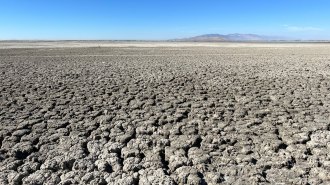 Earth
EarthThe Great Salt Lake is shrinking. What can we do to stop it?
A dropping lake level affects agriculture, public health and the environment — but water conservation can halt the decline.
-

-
 Tech
Tech50 years ago, a balloon circumnavigated the world for science
A 1973 high-altitude flight kicked off an era of useful stratospheric balloon science. Some scientists worry that heightened concerns over alleged spy balloons might hamper that.
-

The many challenges of exploring hidden realms
Editor in chief Nancy Shute discusses the challenges of studying the invisible or inaccessible, from the seafloor to hidden caverns buried underneath solid ice.
By Nancy Shute -
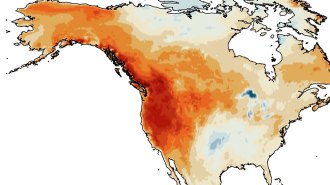 Climate
ClimateThe summer of 2021 was the Pacific Northwest’s hottest in a millennium
Tree ring data from the Pacific Northwest reveal that the region’s average summer temperature in 2021 was the highest since at least the year 950.
By Sid Perkins -
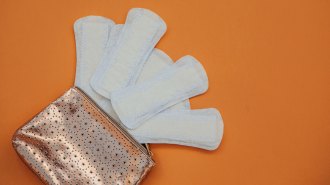 Humans
Humans‘Period’ wants to change how you think about menstruation
Kate Clancy offers fascinating science and history about the uterus and menstruation in her book, Period: The Real Story of Menstruation.
-
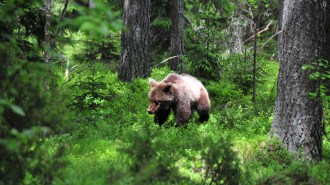 Animals
AnimalsHibernating bears don’t get blood clots. Now scientists know why
People who sit still for hours have an increased risk of blood clots, but hibernating bears and people with long-term immobility don’t. A key clotting protein appears to be the reason why.
-
 Health & Medicine
Health & MedicineEstrogen in birth control could be cut way back, a study suggests
Delivering an extra low dose of estrogen, or a combination of estrogen and progesterone, at a specific time of the menstrual cycle may prevent ovulation.
By Natalia Mesa -
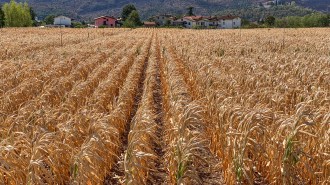 Climate
Climate‘Flash droughts’ are growing increasingly common
Droughts are forming faster more often in much of the world due to climate change, a new study finds.
-
 Astronomy
AstronomyThe first black hole portrait got sharper thanks to machine learning
A machine learning technique filled in data gaps in the image of M87’s black hole, resulting in a thinner ring.
-
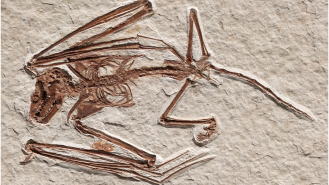 Paleontology
PaleontologyNewfound bat skeletons are the oldest on record
The newly identified species Icaronycteris gunnelli lived about 52.5 million years ago in what is now Wyoming and looked a lot like modern bats.
By Sid Perkins -
 Physics
PhysicsVideos of gold nanoparticles snapping together show how some crystals grow
Real-time electron microscopy shows gold nanoparticles tumbling and sliding in a fluid before snapping together in crystalline structures.